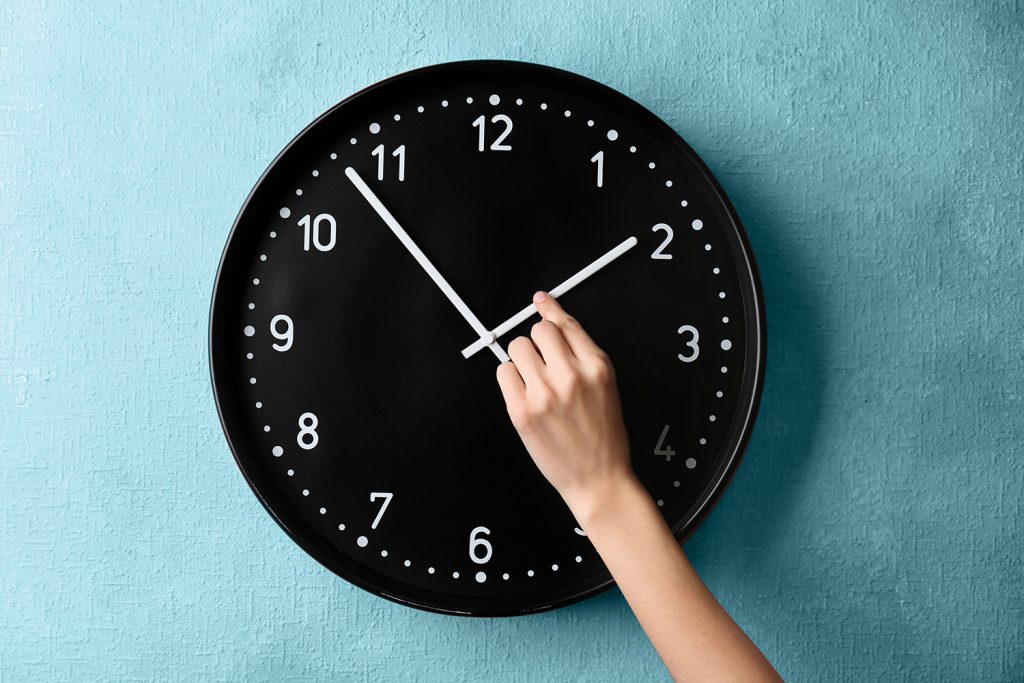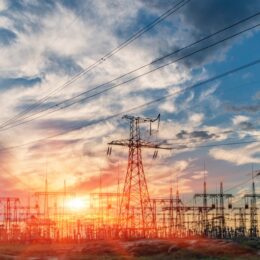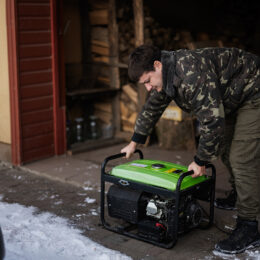
By Jackie McGlin
Daylight saving time has had a rocky past in the U.S. In 1918, the shift in time was first observed — often seen as a World War I effort. Following the war, the time change was repealed in 1919 leading to a variety of times being observed across the nation. The same thing happened again during World War II.
The adaption of daylight saving time remained a challenge into the 1960s because changes in time were set by individual states. At one time, a trip from eastern Ohio to the edge of West Virginia — a 35-mile journey — would cause travelers to pass through seven time changes according to History.com.
In 1963, Time magazine published an article about industry leaders and farmers calling for bills to reform what was labeled “a clock chaos.” Their voices were heard and the chaos was mitigated through the 1966 Uniform Time Act that standardized when daylight saving would take place in standard time zones. We now spring forward and fall back each year but does the time shift help conserve energy?
A three-year study published by MIT Press, found that observing daylight saving in Indiana equates to a 1-4% increase in residential electricity demand. Research finds consumers are heating and cooling their homes longer in the afternoon and evening. This growth in residential HVAC use offsets the benefits of using lights less due to longer hours of daylight.
No matter when the sun rises or sets, daylight saving time will continue. At least we don’t have to go through multiple time changes when traveling from Loogootee to Osgood!
JACKIE MCGLIN is communication specialist at Daviess-Martin County REMC in Loogootee, Indiana.
Can’t change the time? change your energy use
As the time shifts, here are two things you can do to help reduce your home’s energy use.
If you are replacing equipment, be sure to look at the Seasonal Energy Efficiency Rating (SEER).The SEER tells you how efficient the equipment will be at using energy. The higher the number the better.
As you heat and cool your home, keep temperature changes to two degrees or less.The more you ask your HVAC system to meet large temperature changes will increase your energy use.



